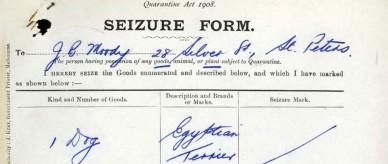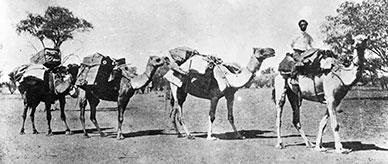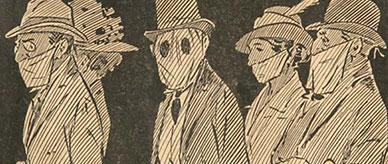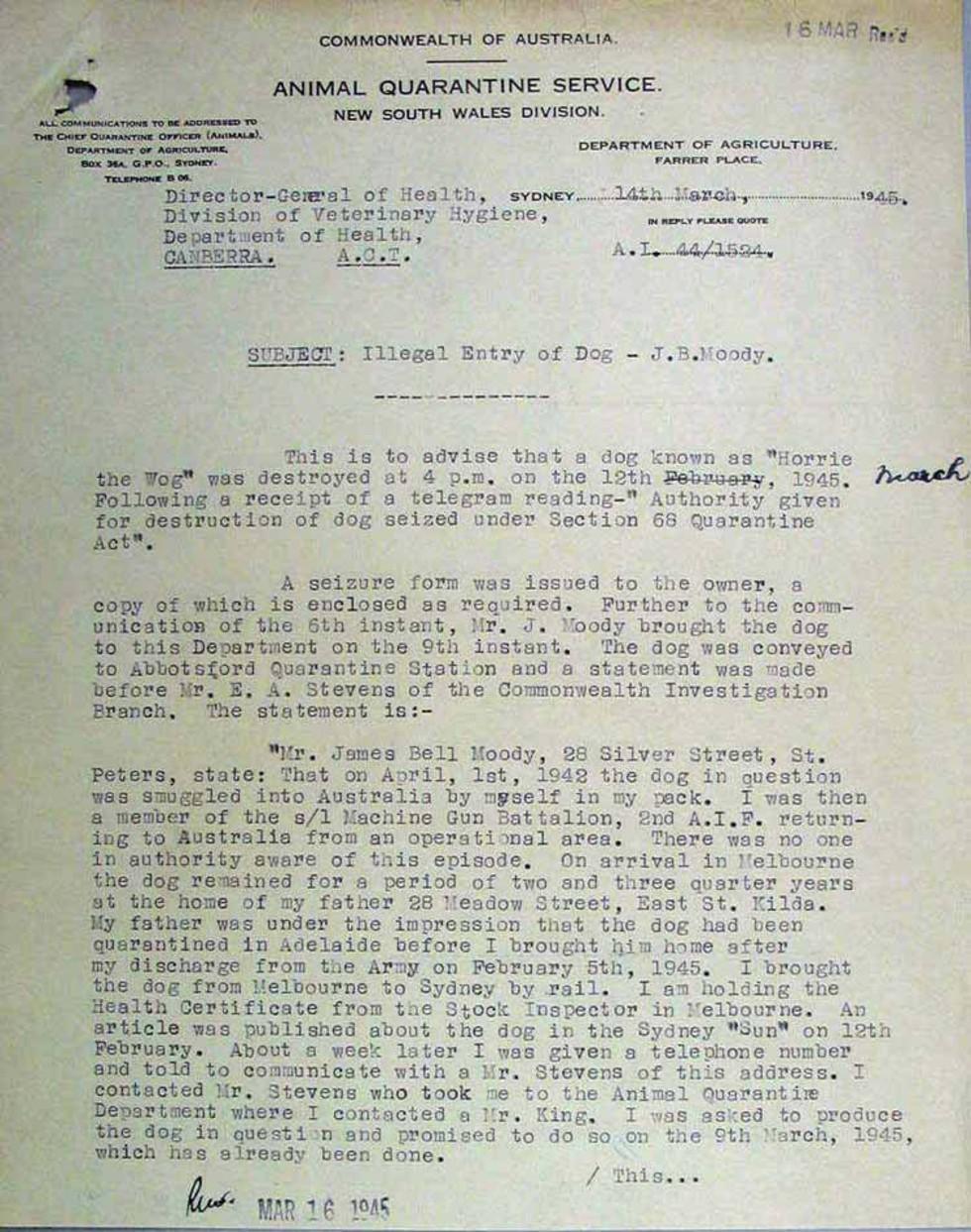
This is a letter from the NSW Animal quarantine division, informing the Division of Veterinary Hygiene about the destruction of a dog named Horrie – who was smuggled into Australia by returning Australian Imperial Force soldier, Mr James Bell Moody.
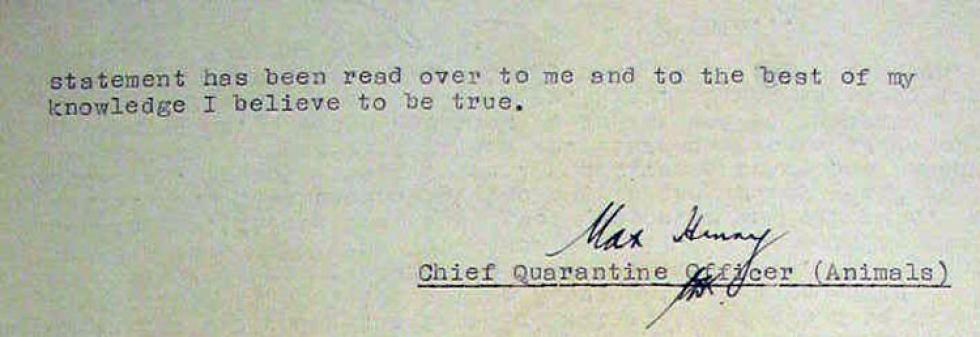
This is a letter from the NSW Animal quarantine division, informing the Division of Veterinary Hygiene about the destruction of a dog named Horrie – who was smuggled into Australia by returning Australian Imperial Force soldier, Mr James Bell Moody.


